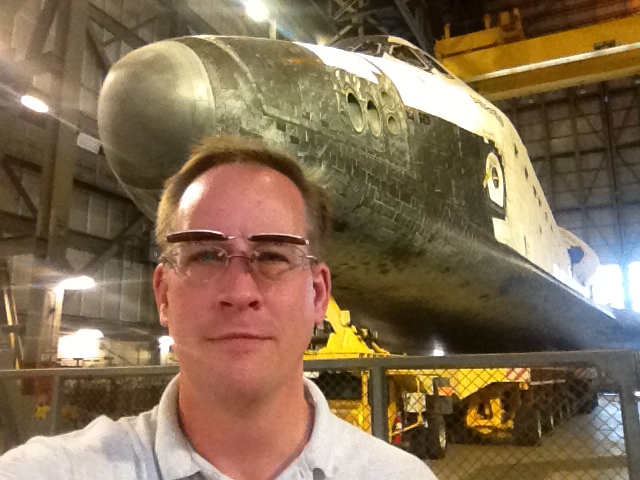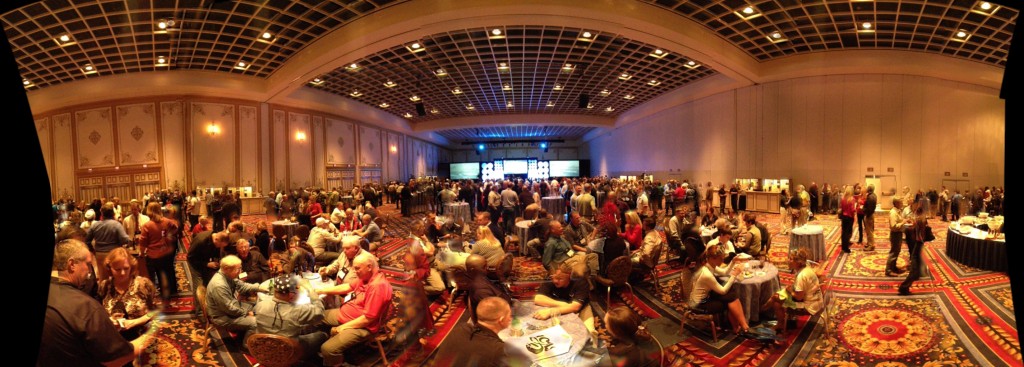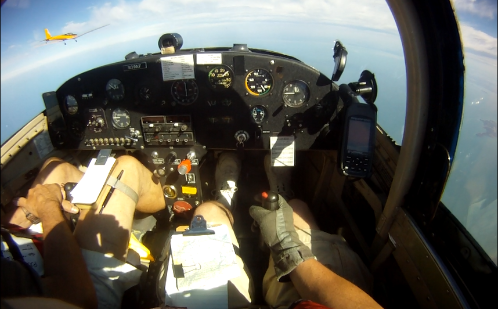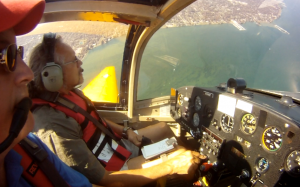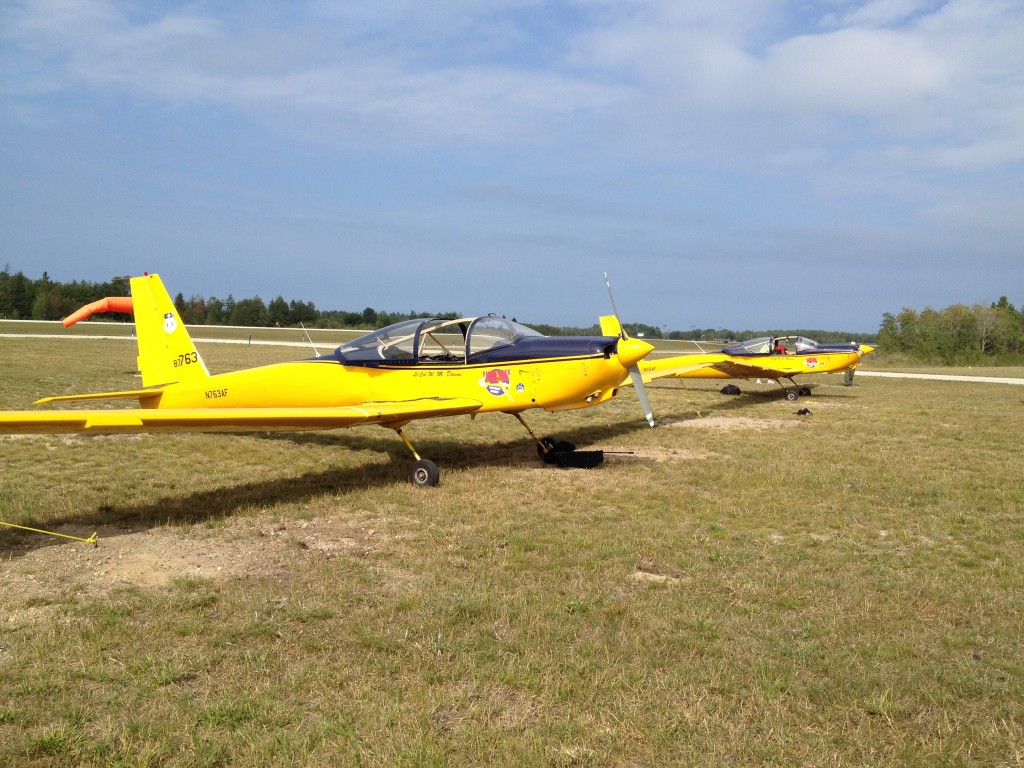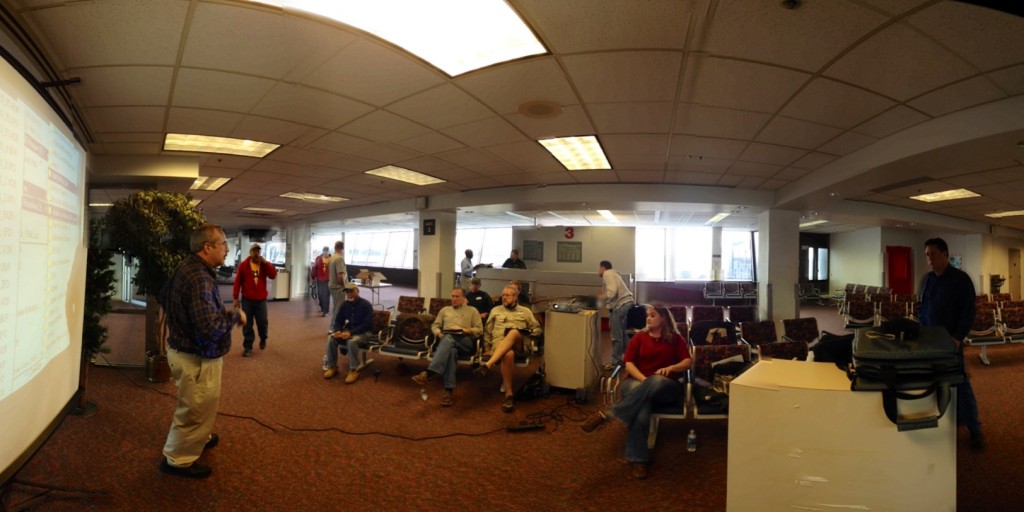These are the show notes to an audio episode. You can listen to the show audio by clicking here: http://traffic.libsyn.com/airspeed/AirspeedTuskegee3WithPreRoll3.mp3. Better yet, subscribe to Airspeed through iTunes or your other favorite podcatcher. It’s all free!
If you want to understand a subculture or an experience, a great way to do that is to take an outsider and plunge him into the place you want to know about, wait awhile, then drag him back to the surface and wring him out to see how it changed him. It’s even better if you can get the guy to wring himself out. You begin to realize that not everybody who writes about the majesty of flight does it because he’s a fighter pilot. Some of us write because we’re not fighter pilots.
You also need to talk about the world in its own terms, using the lexicon of the world, sometimes without explaining the vocabulary to the uninitiated, except maybe through context. If you’re a pilot, you’ll understand most of this. If you’re not a pilot, that’s okay, because you’ll feel a little of the strangeness of this world and you’ll put it together in context and in realtime. Just like I did. In some ways, you’re in for a better ride than the pilots.
There are three things you need to know about me.
First, I’m a pretty average Joe. I’m 46. By any reasonable estimation, my life is more than half over. I live in the suburbs. I have a wife and two kids. I run the rat race every day about as well as the next guy. You wouldn’t recognize me if you ran into me in the grocery store.
Second, I always wanted to be an astronaut.
Third, I realized a few years ago that it was entirely up to me where between that baseline and that dream I would live each day of the rest of my life.
*****
Listen to this.
[ICAS hall noise.]
This is the sound of a magical zone in spacetime. It’s a room with about 60,000 square feet of floor space. It’s at the Paris Las Vegas Hotel and Casino in Las Vegas, Nevada. I don’t know what happens in that room for the other 361 days each year. I’m not even sure that this room exists for the other 361 days of the year. But, for four days each December, it’s filled wall to wall with just about every airshow performer who’s active anywhere in the us and Canada. This is the exhibit hall at the International Council of Air Shows annual convention.
Standing at the back of the hall facing the doors way across the room, the Thunderbirds and the other Air Force TAC DEMO and static display pilots and leadership are off to the left against the far wall. The Blue Angels and the rest of the Navy and Marine Corps contingent are on the opposite wall. The Snowbirds are in the middle on this side. Sean Tucker, Mike Goulian, Skip Stewart, Patty Wagstaff, Bill Stein, Rob Holland, Billy Werth, Greg Koontz, Kent Pietsch, Andy Anderson, Bob Carlton, Gene Soucy, Scooter Yoak, Team Aerodynamix, John Klatt . . . every one of them is in this room right now. Hanging out. Booking next year’s appearances. Swapping stories. Doing whatever superheroes do when they get together each year between seasons. [Read more...]

